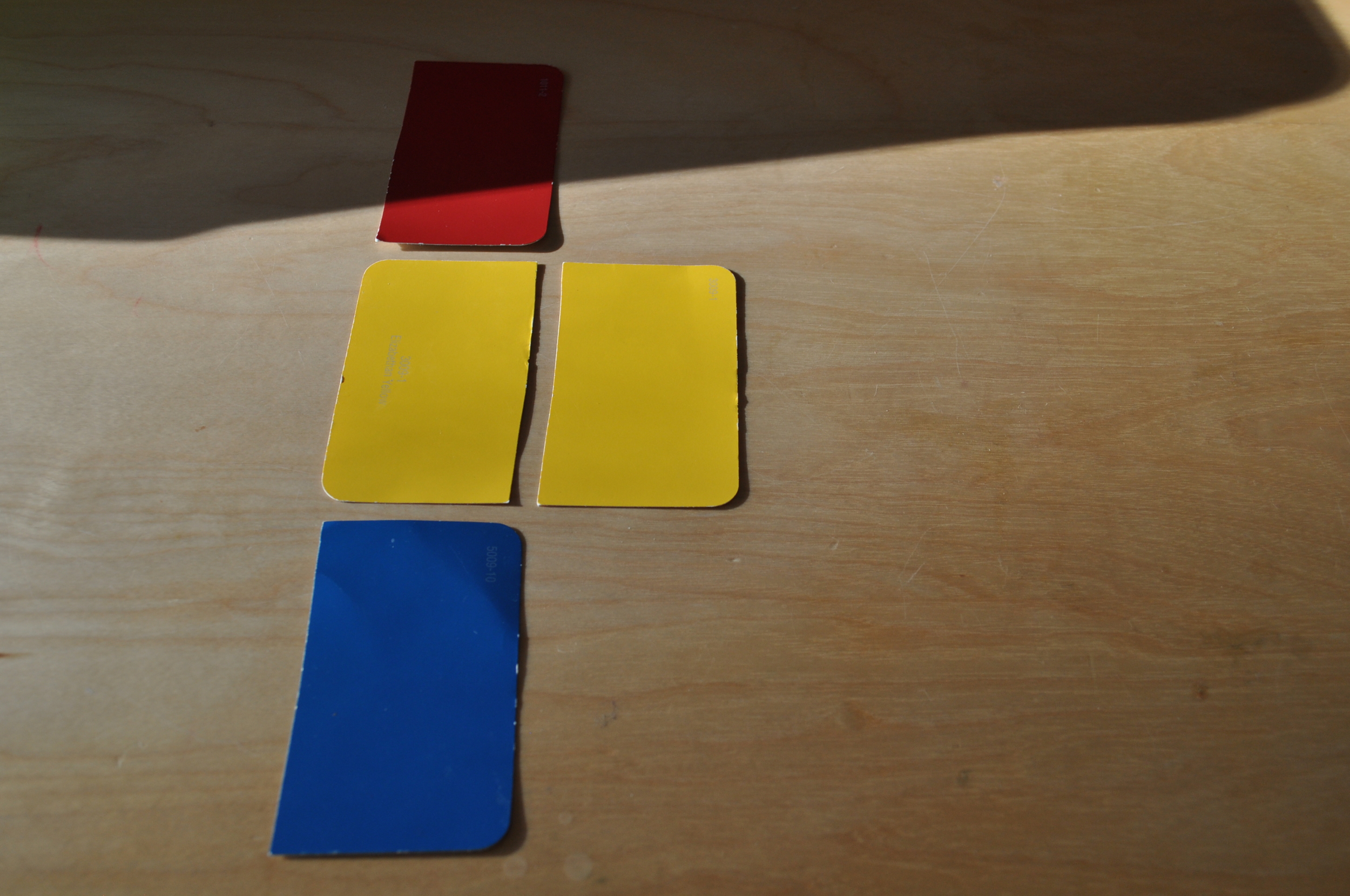Up to this point I have only discussed Montessori practical life activities. This is because they are some of the easiest to do at home and also because they are among the first activities introduced. The next category of activities is called sensorial. The sensorial activities are designed to allow the child to become familiar with the different aspects of the world—shape, size, color, texture. Some of the manipulatives in this category are very difficult to make yourself and are expensive to buy. Despite this, there are many interesting sensorial activities that you can make yourself and that your child will enjoy. I will mention that compared to modern toys, some of these Montessori activities will seem “boring” and you will wonder whether your child will enjoy them. Trust me, if the activity is suited for your child’s age and ability, they will! Montessori activities are designed to isolate the difficulty. That means if you want them to learn shapes, all the shapes will be of the same color and will look rather boring. This is so that they child is not distracted by different colors or patterns, and can focus on just the shape. In the activity I’m going to describe today, colors are learned using “tablets.” They are just colored rectangles. You don’t use a red ball and a yellow banana and a blue pencil to teach colors, because the object is a distraction and a complication to the color. Not that you can’t incorporate this kind of color sorting activity later, just that when you are first teaching colors, the colors need to be the main event.
I have used large paint swatches cut in two for my first two color tablet activities. They work well. If you wanted something sturdier, you could use small pieces of wood painted.
The first color tablet activity uses just red, yellow, and blue and employs the three period lesson. The three period lesson is used throughout the Montessori method to teach nomenclature (the names of things). It takes a good bit of patience on my part, because my son doesn’t always “get it” as quickly as I think he should. Be prepared for this possibility.
1. Tell your child the name of the object. In the case of the color tablets, you would point to a card and say the color: “This is red. Red.” Say the word slowly and carefully.
2. Ask your child to show you the object. “Can you point to red?” You will want to mix this up a little bit to make it more fun and keep your child involved: “Put red on your head.” “Point to red with your toe.” “Can Lightening McQueen drive to red?”
3. During the third lesson, your child identifies the object independently. You point to red and ask “What is this?” You will spend the most time on steps one and two. Don’t rush these steps. Only move on to step 3 when you know your child can do it successfully. (At least that’s what you’re supposed to do! I have rushed in the past. If you start step 3 and realize that your child’s not ready, don’t make a big deal about it and move back to step 2.)
To present the first color tablets, make a vertical column of the red, blue and yellow tablets. Do a three period lesson with your child. Then show her a second set of red, blue and yellow and how to match the tablets. Let her begin matching whenever she seems ready.
The second set of color tablets includes the secondary colors (orange, green, purple), as well as grey, black and brown.
There is a third color tablet activity that includes gradations of color and is introduced at a later age.
By the time the first color tablet activity is presented (traditionally at age 3), your child probably already knows the names of the colors. The matching part is still fun for them and it’s a good activity to practice the three period lesson.






